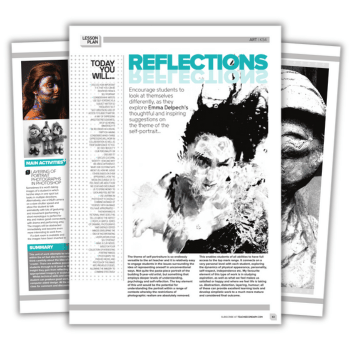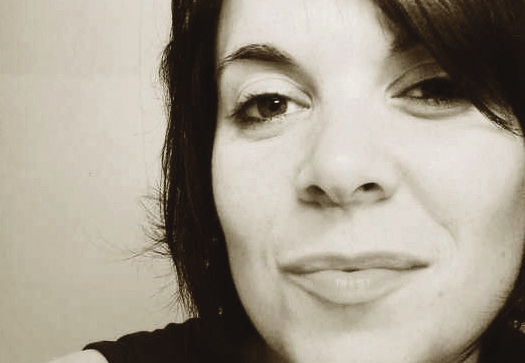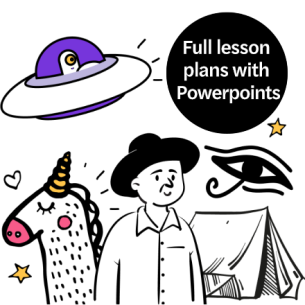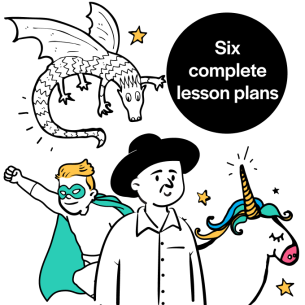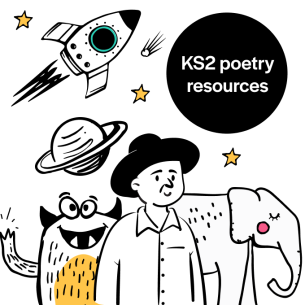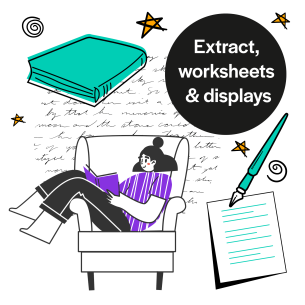Encourage students to look at themselves differently as they explore Emma Delpech’s thoughtful and inspiring suggestions on the theme of the self-portrait…
Start by creating self portrait ideas using only a box of recycled materials. This lesson then moves on to layering portrait photos in Photoshop and developing sculptures based on artist research. You’ll then come together to discuss the outcomes as a group.
Self portrait ideas
The theme of self-portraiture is endlessly versatile. It’s also relatively easy to engage students in the issues surrounding the idea of representing oneself in unconventional ways.
The key element of this unit is the potential for understanding the portrait within a range of contexts whereby the restrictions of photographic realism are removed.
This enables students of all abilities to have full access to the top mark range. It connects on a very personal level with each student, exploring the dynamics of physical appearance, personality, self-respect, independence etc.
My favourite element of this type of work is in studying aspiration, as well as what we feel makes us satisfied or happy and where we feel life is taking us.
Abstraction, distortion, layering, humour. All of these can provide excellent learning tools and develop simplistic work to a much more mature and considered final outcome.
Students will…
- Discuss how important it is that you can be identified from a self-portrait
- Consider why artists use self-portrait as a subject matter so frequently
- Be recorded in a digital triptych having considered which three expressions will work in collaboration as well as their significance to you. Do they reflect your personality or disguise it?
- Discuss cultural ‘identity’
- Use layering in Photoshop to digitally combine an image of yourself with an image you have appropriated
- Create a careful series of drawing, photographs and digitally edited images developing the idea of incorporating layers within your self-portrait
- Make a clay model based on your collection of interesting portrait images
- Photograph the finished model and Photoshop this image into previous studies, allowing the imagery to combine effectively
Emma Delpech has taught from 11 to 18 and at GCSE, A Level and IB. She is also an active artist. Get more advice for helping students with their GCSE art final piece.
